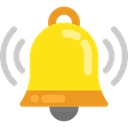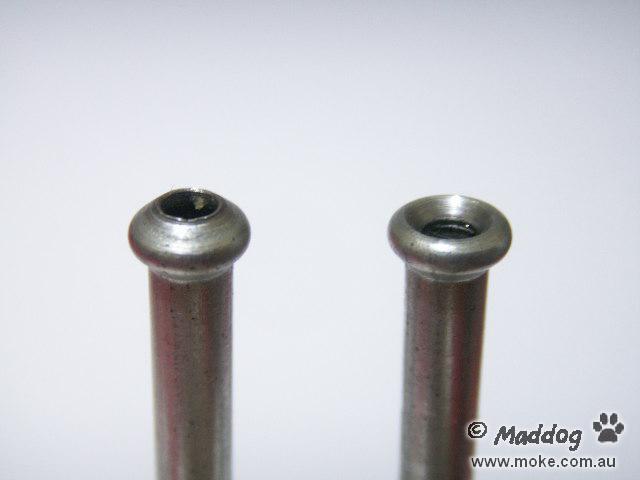longbridgehealey
Obi Wan
Offline
Any hints on bending the bridge pipe by hand? Just got a new one, and of course it's straight
 Hi Guest!
Hi Guest!

 smilie in place of the real @
smilie in place of the real @
 Pretty Please - add it to our Events forum(s) and add to the calendar! >> Here's How <<
Pretty Please - add it to our Events forum(s) and add to the calendar! >> Here's How << 

I bought my bridge pipes prebent from here https://www.classictube.com/
Oh please don't do that; not with any brake or fuel lines anyway.You make also want to consider some very fine grain sand as well. Cap one end, pour the sand in the tube, shaking to prevent voids, cap the other end when full, bend then pour the sand out perhaps blowing through them when done. The sand should prevent kinks in the tube during bending.

